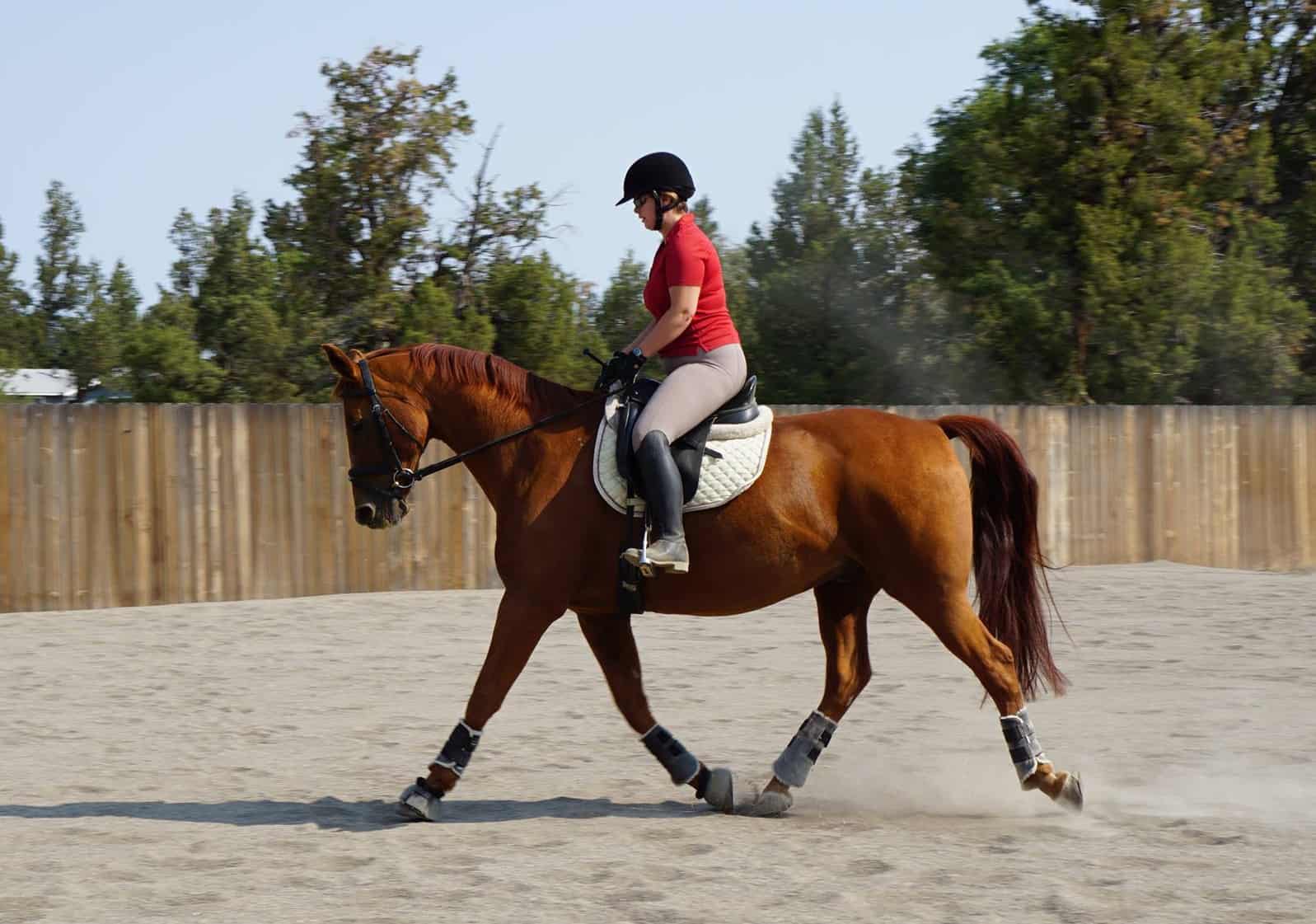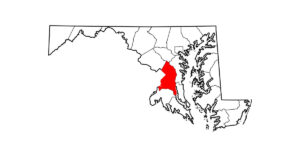Homeless Horses: An Update on Unwanted Horses in the United States

Unwanted horses are a challenging issue without easy answers. “The more you know about it, the more difficult the solution seems,” says Tom Lenz, DVM, Dipl. ACT, who’s been searching for answers to the problem for the past 20 years. However, he adds, the equine industry has made significant progress in organizing to help domesticated unwanted horses over the past two decades, despite political and economic challenges.
Framing the ‘Unwanted’ Horse Issue
Fortunate horses live out their lives under their owners’ care and never fall under the “unwanted” umbrella. Many horses experience intervention before they become unwanted, ending up in retraining programs designed to move them into new, productive careers. Examples include racing Thoroughbreds and Quarter Horses that become eventers or barrel racers.
That’s the goal of The Right Horse, an initiative of the WaterShed Animal Fund, a division of the Arnall Family Foundation, which is focused on promoting, retraining, and rehoming horses it refers to as “horses in transition.” Part of the organization’s marketing campaign involves creating language used industry-wide to describe at-risk horse populations and delineate the difference between homeless horses that need new owners and jobs and rescue horses in welfare cases, says Christy Counts, The Right Horse president TheHorse.com is home to thousands of free articles about horse health care. In order to access some of our exclusive free content, you must be signed into TheHorse.com. Already have an account?Create a free account with TheHorse.com to view this content.
Start your free account today!
and continue reading.

Written by:
Michelle Anderson
Related Articles
Stay on top of the most recent Horse Health news with












